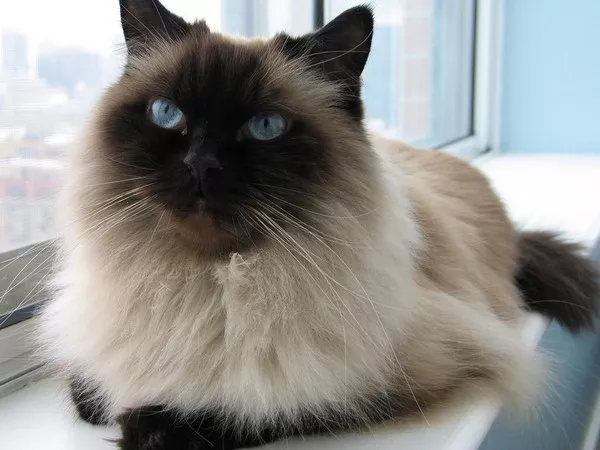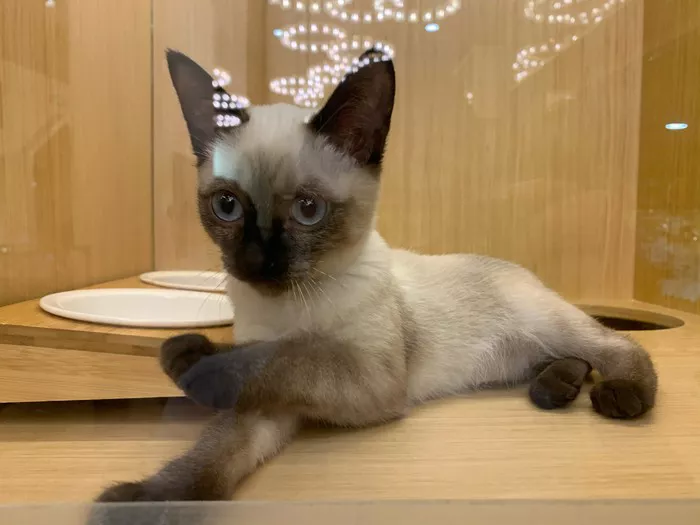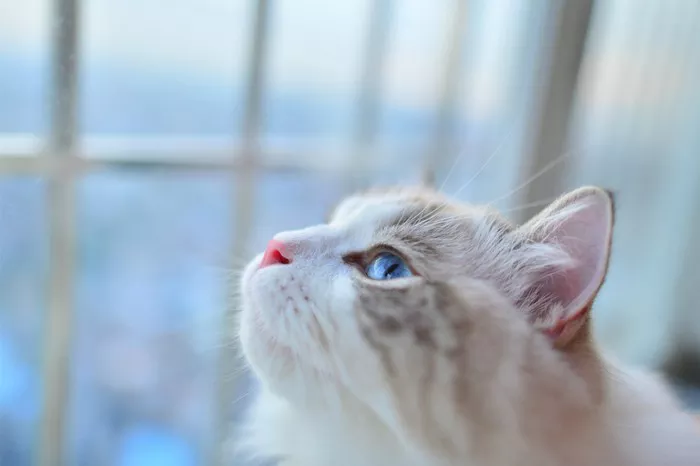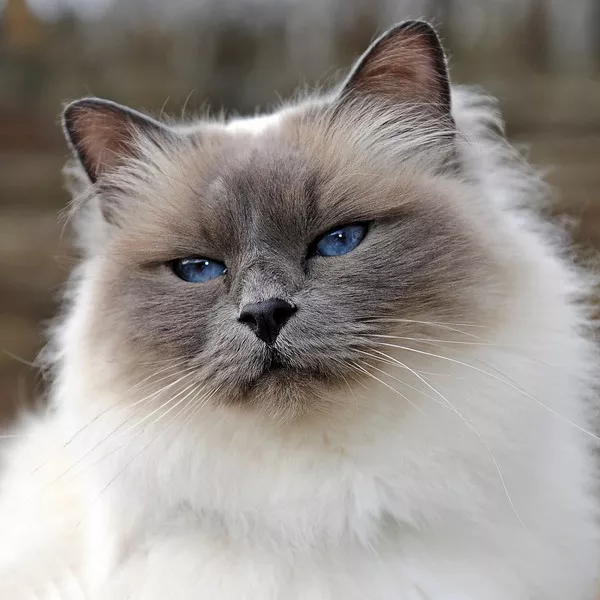Cats are intriguing and complex creatures with a range of sensory perceptions that distinguish them from other animals. One such sensory aspect is their sense of taste, which plays a significant role in their dietary preferences and behaviors. While cats are known for their discerning palates, there are certain tastes that they cannot fully experience due to their unique biology. In this article, we will delve into the world of feline taste perception, exploring the tastes that cats can’t experience and the reasons behind their limited palate.
Feline Taste Buds: An Overview
1. Limited Number of Taste Receptors
Compared to humans, cats possess fewer taste receptors on their tongues. Humans have around 9,000 taste buds, while cats have roughly 470. This difference impacts the range of flavors they can detect.
2. Carnivorous Nature
Cats are obligate carnivores, which means their bodies are adapted for a diet primarily consisting of meat. Their taste preferences align with their carnivorous nature, influencing their response to different flavors.
Tastes That Cats Can’t Experience
1. Sweetness
Cats lack the taste receptors for sweetness. They are obligate carnivores and do not require carbohydrates or sugars in their diets, so the ability to taste sweetness is unnecessary for their survival.
2. Saltiness
While cats can detect saltiness to some extent, their sensitivity to salty flavors is significantly lower than that of humans. Excessive salt intake can be harmful to cats and lead to health issues.
Feline Taste Preferences
1. Preference for Protein
Cats have an innate preference for protein-rich foods. Their taste receptors are finely tuned to detect amino acids found in meat, aligning with their dietary needs.
2. Aversion to Bitterness
Cats are often averse to bitter tastes. This aversion may be an evolutionary trait that helps them avoid potentially toxic plants or substances in the wild.
Unique Dietary Needs
1. Taurine Requirement
Cats require an amino acid called taurine in their diets, which is essential for maintaining their overall health. Taurine is found in animal tissues, emphasizing their need for a meat-based diet.
2. Vitamin A and Arachidonic Acid
Cats also require dietary sources of vitamin A and arachidonic acid, both of which are abundant in animal tissues. These nutrients are vital for various physiological functions.
Role of Smell in Feline Taste
1. Importance of Olfaction
A cat‘s sense of smell significantly influences their perception of taste. Cats rely on their keen sense of smell to assess the desirability of food, even more so than their limited taste receptors.
2. Pheromone Detection
Cats use their sense of smell to detect pheromones, which convey social and reproductive information. This sense of smell is essential for their communication and interactions with other cats.
Evolutionary Adaptations
1. Ancestral Diet
Cats’ evolutionary history as carnivores has shaped their taste preferences and limited taste perceptions. Their ancestors’ diets were primarily composed of meat, influencing the development of their taste receptors.
2. Survival Strategies
Cats’ inability to taste sweetness and their preference for protein-rich foods align with their survival strategies as predators. These adaptations have contributed to their success as skilled hunters.
Understanding Your Cat’s Preferences
1. Observing Food Choices
Observing your cat’s food preferences can provide insights into their taste perceptions. Cats may show clear preferences for certain protein sources or textures.
2. Balanced Diet
While cats can’t taste sweetness and have limited taste perceptions, it’s crucial to provide a balanced and nutritious diet that meets their specific dietary requirements.
Conclusion
In conclusion, the unique palate of cats reflects their evolutionary adaptations and dietary needs as obligate carnivores. Their limited taste receptors and inability to taste sweetness and saltiness are aligned with their carnivorous nature. Understanding your cat’s taste preferences and dietary requirements is essential for providing them with a balanced and nutritious diet. By catering to their natural instincts and providing high-quality protein sources, you can ensure that your feline companion enjoys a diet that supports their health and well-being. As you observe your cat’s reactions to different flavors, textures, and aromas, you gain valuable insights into their complex sensory world and enhance the bond you share with your beloved feline friend.



























